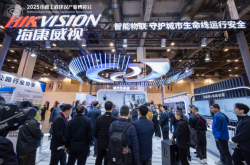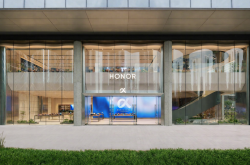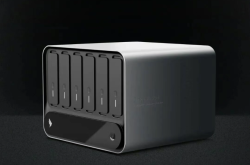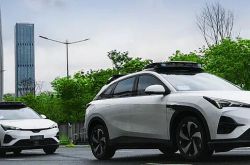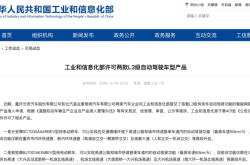Rural New Energy Vehicle Promotion Accelerates, Shifting Focus from "Price Wars" to "Rural Market Customization"
![]() 06/09 2025
06/09 2025
![]() 631
631
Recently, the Ministry of Industry and Information Technology and four other departments have jointly embarked on a fresh wave of new energy vehicle (NEV) promotion in rural areas. A total of 124 models were selected, with the Tesla Model 3/Y included in the list for the very first time. Local brands such as BYD and Geely introduced a comprehensive range of products, spanning from minicars to mid-to-high-end SUVs.
This policy has been in place for six consecutive years, driving nearly ten million NEVs into the county-level market. Amidst the backdrop of slowing growth and overcapacity in the automotive industry, the rural market is emerging as a "new blue ocean" for automakers to compete in. However, challenges such as inadequate charging infrastructure, disjointed after-sales services, and debates over product adaptability continue to be key bottlenecks impeding further development.
▍From "Sales Growth" to "Ecosystem Reconstruction"
The 2025 rural NEV promotion demonstrates unprecedented breadth and depth, with 124 models selected—an increase of 25 compared to 2024, setting a new record for the six years since the policy's implementation. The model mix showcases diverse breakthroughs: ranging from economy cars priced at RMB 50,000 to mid-to-high-end models priced at RMB 300,000, it includes off-road vehicles, commercial vehicles, pickup trucks, and other specialty categories for the first time, catering to the diverse needs of rural areas, such as transporting goods and fieldwork.
Participating automakers encompass traditional automakers, NEV startups, and joint ventures. Traditional giants such as FAW, BYD, and Changan, NEV startups like NIO, Li Auto, and XPeng, and multinational and joint venture brands such as Tesla and SAIC Volkswagen participated in large numbers for the first time.
The policy innovatively adopts an "online + offline" three-dimensional promotion model. Offline, county-level main venues serve as hubs to radiate to surrounding townships; online, a cloud exhibition and sales platform is established to provide functions such as panoramic displays and live shopping guides, creating a closed loop of "online ordering, offline delivery, and after-sales follow-up".

The potential of the county-level NEV market is immense, yet the penetration rate is severely inadequate. As of early 2025, the penetration rate of NEVs in fifth-tier cities was only 27.2%, significantly lower than that in first-tier cities. In 2023, the penetration rate of electric vehicles in rural areas was just 17%, markedly lower than that in urban areas.
Market research forecasts indicate that by 2030, the number of vehicles per thousand people in rural areas is expected to reach 160, with a total ownership of over 70 million vehicles and a market size of RMB 500 billion.
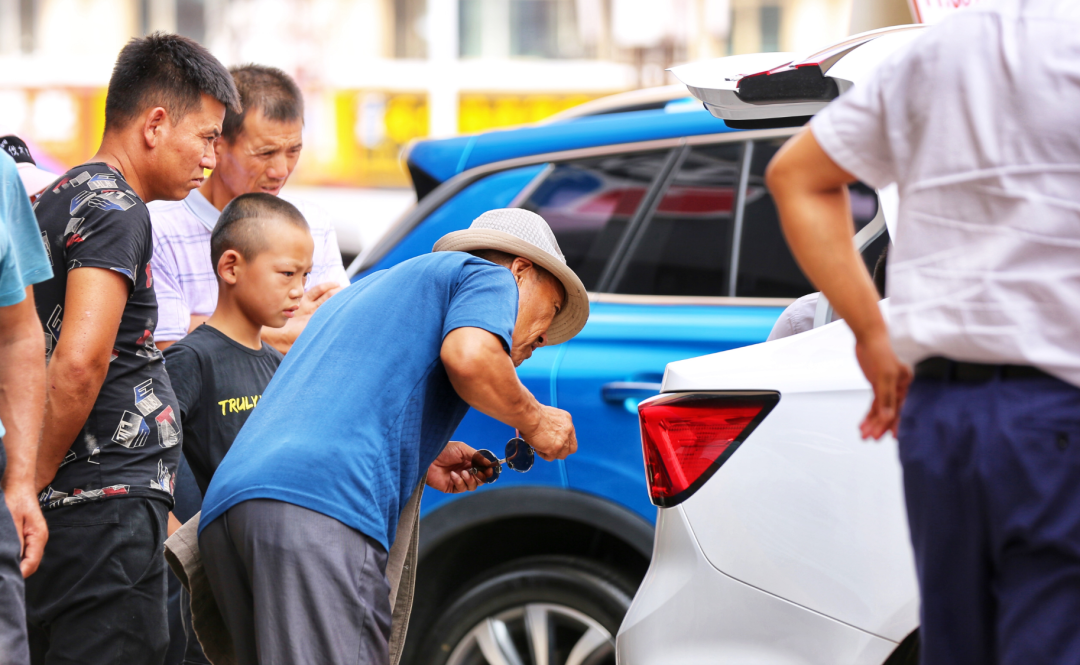
Inadequate charging infrastructure is a pivotal bottleneck hindering the development of the county-level market. The 2025 event extends subsidy coverage from vehicle purchases to trade-ins and charging infrastructure improvements, and for the first time, proposes an integrated promotion package of "purchase incentives + energy use support + service guarantees".
According to the Ministry of Finance, pilot projects to improve county-level charging and battery swapping facilities invested over RMB 7.5 billion in 2024 alone, with plans to achieve "full county coverage and township stations" within three years. The policy goal has shifted from merely stimulating sales to constructing a sustainable rural travel ecosystem. In the "pilot projects to improve county-level charging and battery swapping facilities", there were 67 pilot counties in 2024, expanding to 75 in 2025. Regions such as Luzhou have clearly set a goal of building 29,000 charging piles, while Zhejiang Province plans to have more than 2.3 million charging piles installed province-wide by 2025, with no less than 900,000 in rural areas.
Policy synergies are accelerating. The vehicle promotion in rural areas is combined with "vehicle-grid interaction technology" to promote the "integrated PV, energy storage, and charging" model. Through flexible interaction between NEVs and the main power grid, it not only addresses the vulnerability of rural power grids but also generates comprehensive economic benefits from "green power charging + energy storage revenue + emergency support".
▍From "Policy Dividends" to "Real Demand"
Although the policy toolbox continues to expand, the complexity of the rural market far surpasses expectations. Rural consumers' vehicle demands exhibit "pragmatism": cargo space must accommodate farm tools, range must meet cross-township commuting needs, and repair costs must be contained within RMB 1,000. These demands clash with automakers' typical "intelligent" and "high-end" strategies.
The policy undoubtedly accelerates automakers' strategic positioning and fierce competition in the rural market. Tesla's historic first inclusion in the subsidy catalog is widely seen as a landmark event for high-end brands to expedite penetration into the rural market. Its advantages are apparent, with a strong brand presence and almost comparable recognition in county and town markets as BYD, it has successfully established itself as "the first choice for smart electric vehicles". Additionally, over 500 direct-sales stores covering hundreds of cities and a network of over 11,500 supercharging piles provide essential support for its expansion into rural areas.
However, the real challenges are equally daunting. The starting prices of Model 3/Y exceed RMB 200,000, in stark contrast to the mainstream consumption range of RMB 50,000 to 100,000 in rural markets. The refreshed versions offer only minor configuration adjustments without targeted optimizations for the complex road conditions prevalent in rural areas (such as potholes and mud). This compels Tesla to rely more heavily on supporting financial policies, such as "0% interest for 5 years", to alleviate price pressure.
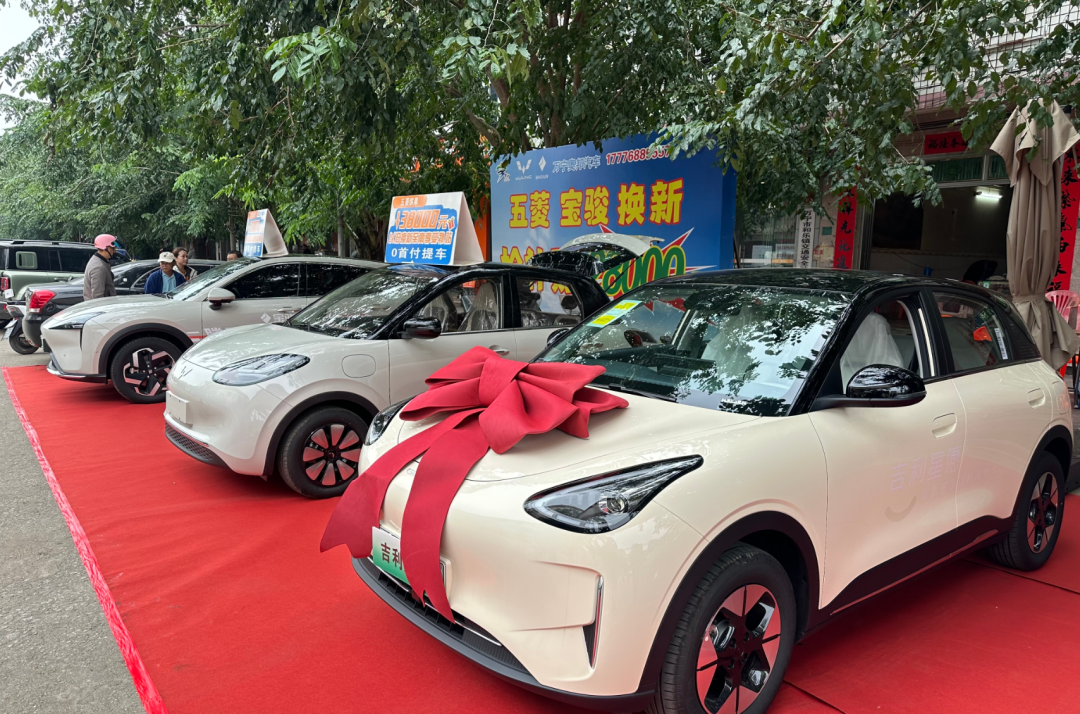
In contrast, local automakers such as BYD and Geely have launched "full-matrix, saturation-style" attacks based on their profound understanding of niche markets. BYD presents a formidable lineup of 11 models, ranging from the affordable Seagull (minicar) to the Tang DM-i (mid-to-high-end SUV) that balances home use and space requirements, precisely covering different budget levels and functional needs, focusing on cost-effectiveness and versatility; brands like Wuling and JAC are more focused on practical scenarios, such as the Wuling Hongguang MINI EV designed to allow the installation of agricultural tool trailers, and JAC Yiwei 3 enhances the dustproof sealing of the battery pack to cope with dusty rural environments.
Meanwhile, local high-end models such as Li Auto L6 and NIO ET5 are also attempting to leverage the rural promotion policy to stimulate upgrading demand in rural areas, but they urgently need to dismantle the inherent cognitive barrier that "high price equals impracticality", which requires brands to make more down-to-earth efforts in functional design and communication strategies.
It's worth noting that some intelligent features may face acclimatization issues, such as voice control being idle due to low dialect recognition rates, and large in-car screens increasing operation complexity. Market research shows that rural users have a demand rate of 78% for safety features such as "reverse camera" and "tire pressure monitoring", but less than 20% interest in functions like "autonomous driving" and "voice assistants".
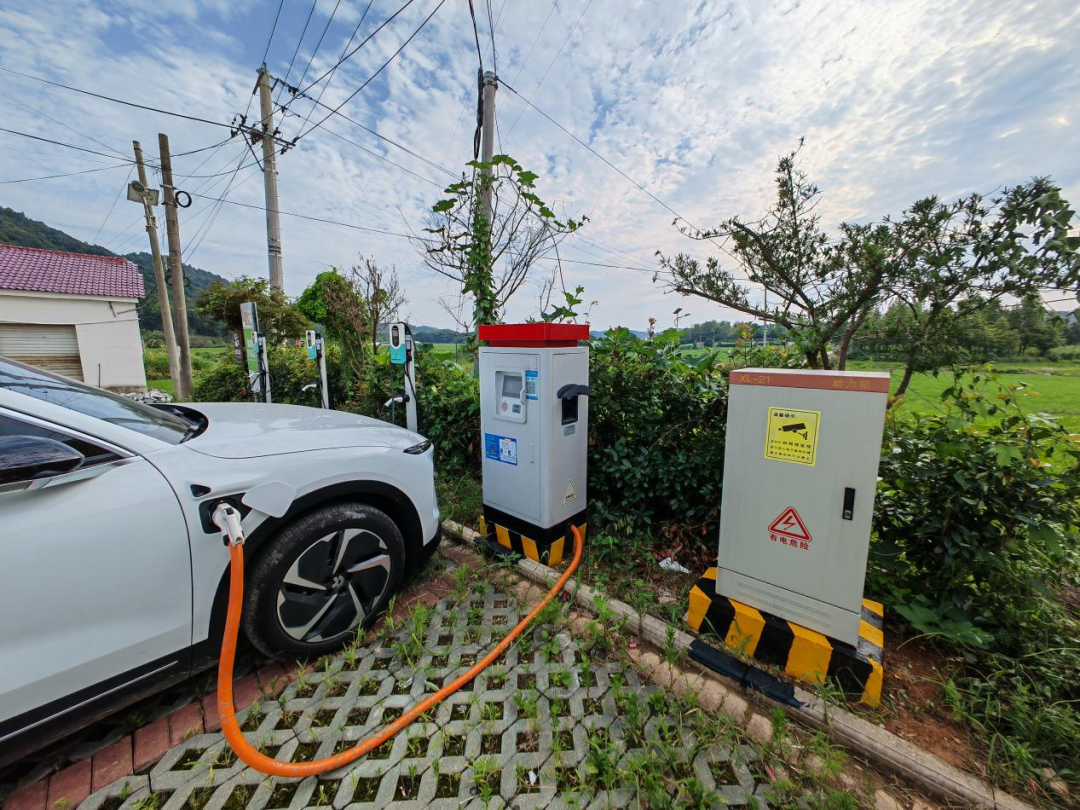
Furthermore, the rural market has significant blind spots in after-sales service and mismatches in product demand. Authorized repair and maintenance outlets for automakers are highly concentrated in municipal and county-level central areas, leaving vast rural areas far from core towns facing difficulties in maintenance and repair despite easy access to vehicle purchases. A routine maintenance service can take up to 6 hours, far exceeding the urban experience, severely undermining the convenience of vehicle use.
The 2025 rural NEV promotion is both a concentrated release of policy dividends and a crucial test for industry transformation. From policy-driven sales to demand-defined products, from infrastructure improvements to service ecosystem construction, every link necessitates deep collaboration among automakers, governments, and third-party institutions.
In the short term, social capital needs to be introduced for charging network construction, and the "county-level partnership" model can be utilized for after-sales systems to reduce operating costs; in the long term, the true activation of the rural market hinges on the bidirectional flow of urban and rural elements—for instance, combining agricultural product logistics with NEV usage scenarios, or optimizing county-level transportation planning through connected vehicle data to bring deeper optimizations to lower-tier cities.
Typesetting by Yang Shuo | Image Source: Shutterstock

